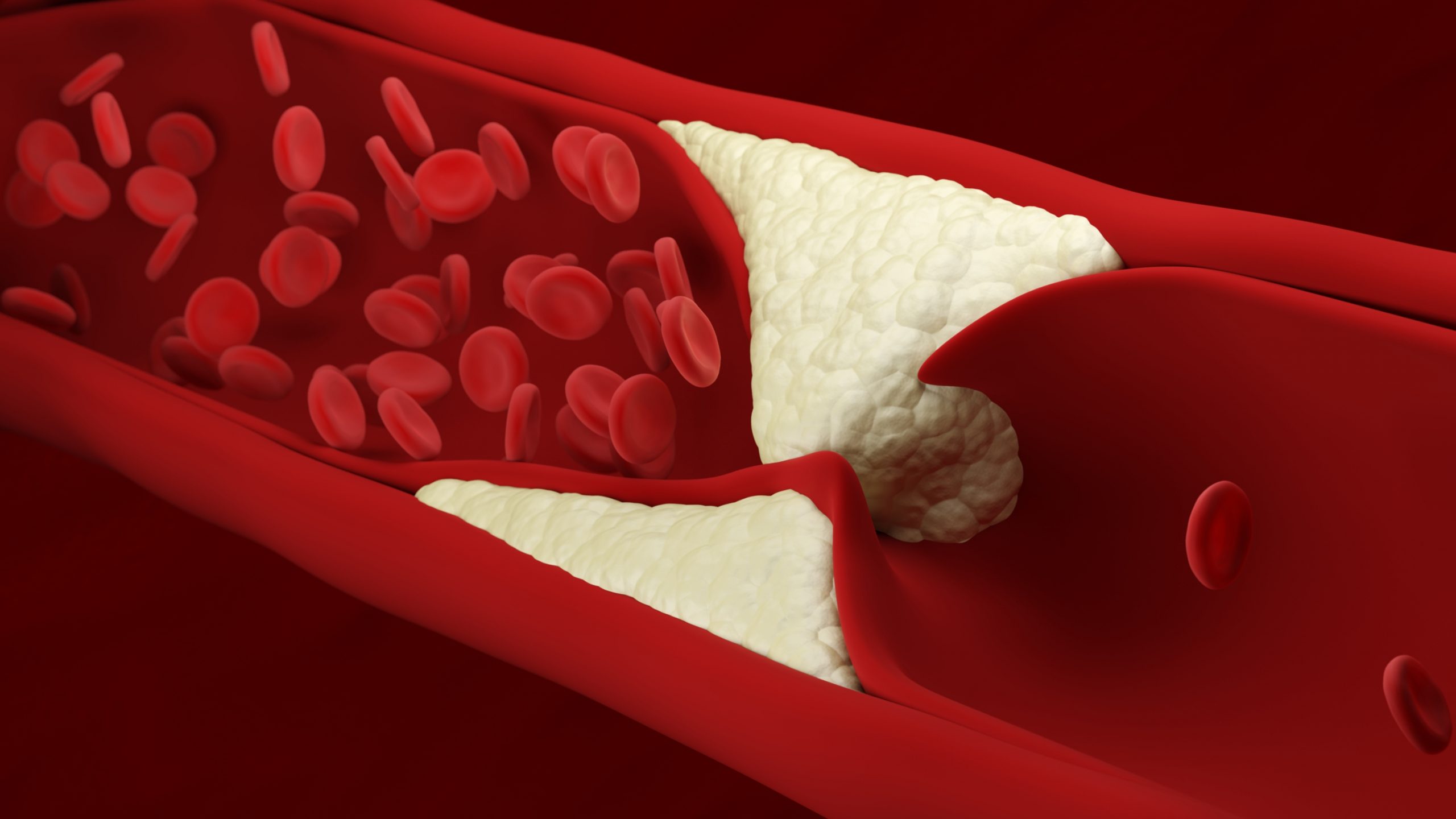What is Peripheral Angioplasty?
A peripheral angioplasty is a minimally-invasive procedure that involves using a balloon catheter to open a blocked artery from the inside. A stent is generally placed in the artery after the procedure to help keep it open. This procedure can be performed from a variety of arterial sites to help improve patient outcomes.
Who needs Peripheral Angioplasty?
Patients with high cholesterol may develop plaque within their arteries. When too much plaque accumulates, the arteries narrow and blood flow may be severely limited. Peripheral angioplasty may then be administered to reopen the artery up and allow for proper blood flow.
Often in conjunction with a peripheral angioplasty, your cardiologist will perform an atherectomy.
What is an Atherectomy?
An atherectomy is a procedure that removes plaque from a blood vessel. The catheter used during the procedure is designed to collect the removed plaque in a chamber in the tip, which allows for safe removal of the plaque. This process can be repeated at the time the treatment is performed to remove a significant amount of disease from the artery, thus eliminating any blockages.

